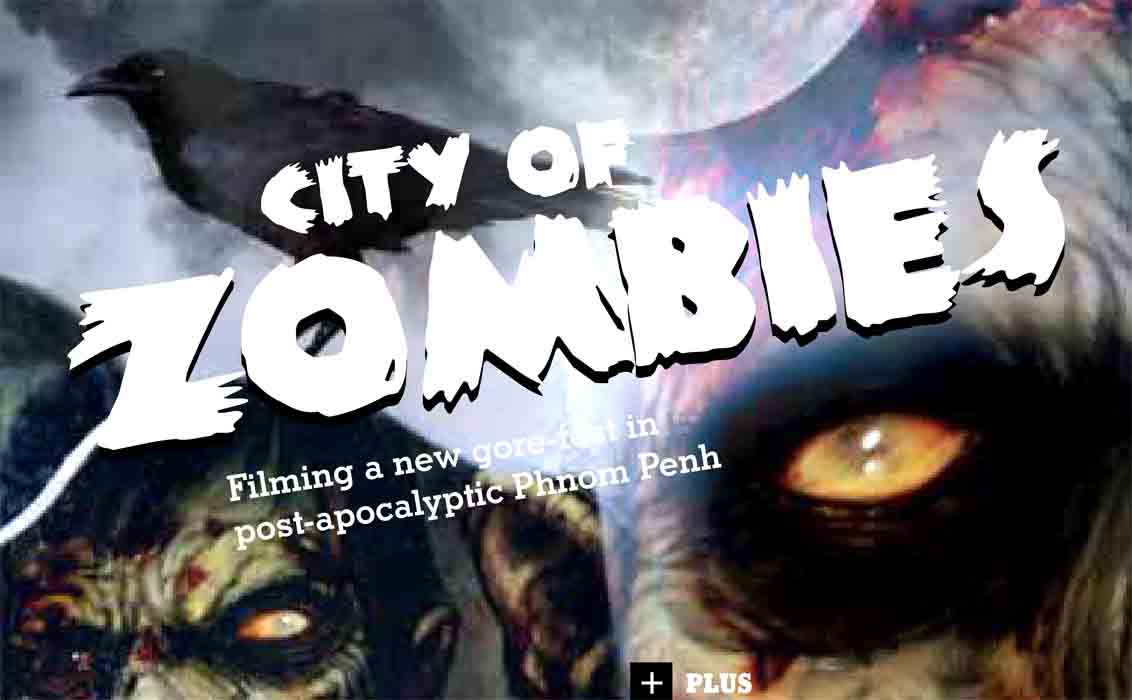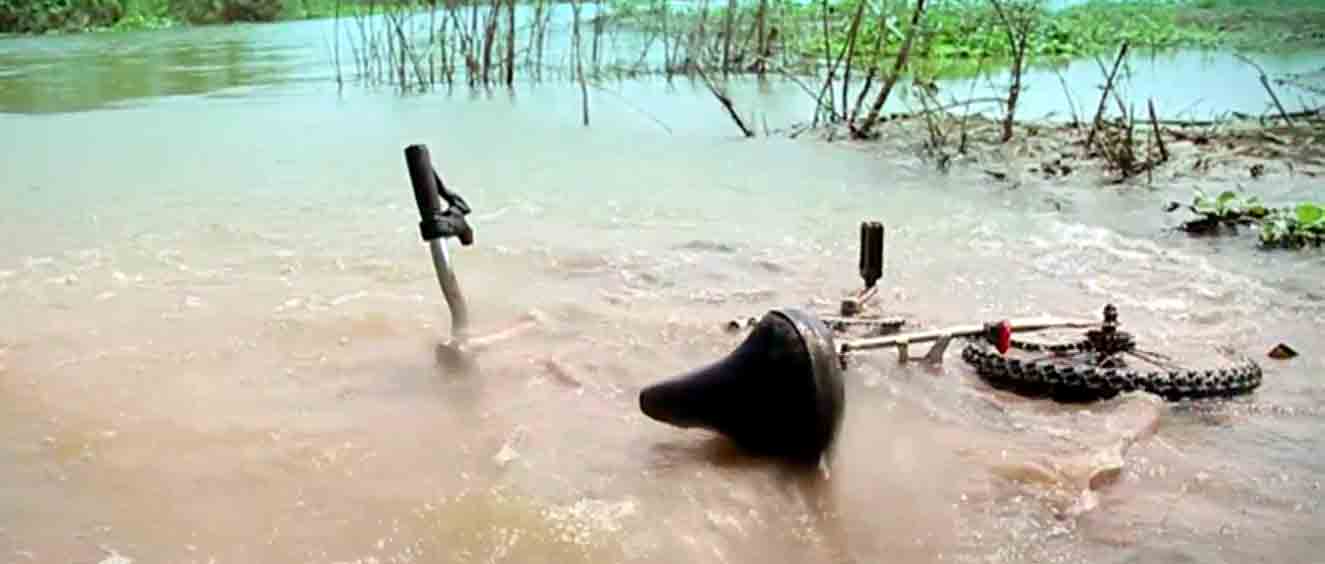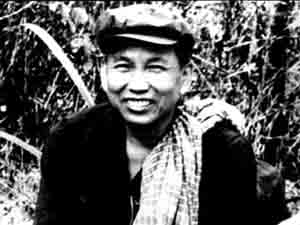Since 1932’s White Zombie, the zombie of Haitian Voodoo’s practice of black magic has been the stuff of cinematic (and, increasingly, literary) gold. In the ’30s and ’40s, inspiration was lifted almost directly from the Haitian myth of the ‘Zombi’ (literally, ‘spirit of the dead), in which the victim would appear dead to the public eye only to be exhumed as a mindless drone completely under the control of its master. Many went so far as to directly link their antagonists to Voodoo lore.
After a long and restful slumber, the zombie paradigm shifted in 1968 with George Romero’s low-budget, black-and-white classic Night of the Living Dead, a film which instantly became the standard by which all other zombie movies are judged. Many would argue that it still is. Rather than supernatural beings controlled by a master, the enemy became us. Zombies came to represent man’s inhumanity towards man and all of the darkest acts human nature is capable of. Night dressed its monsters in normal everyday clothing as opposed to ritualistic garb. It was one of the first zombie films to give a scientific reason for the disease as opposed to a supernatural one. Almost all zombie movies which came after have followed in its footsteps, sometimes even neglecting to reveal the cause due to its irrelevance.
Once it had stumbled awkwardly though the ’70s, the sub-genre experienced an explosive revival, with gore classics such as the Evil Dead trilogy and Re-animator. While remaining faithful to the DIY aesthetic, the ’80s (as they did to so many other things) turned the gore up to 11. As the violence became more extreme, some plots fared better than others. Recognising this, filmmakers often chose to create tongue-in-cheek B-movies which sometimes bordered on the slapstick, and more often embraced it wholeheartedly.
Although it would seem that the awful zombie-themed comedies of the 1990s put the final bullet in the zombie’s head, the undead walk among us today stronger than ever. Sparked by Max Brooks’ (son of filmmaker Mel Brooks) bestselling book, The Zombie Survival Guide in 2003, as well as Edgar Wright and Simon Pegg’s Shaun of the Dead in 2004, the zombie sub-genre simply won’t stay dead. Even outside of Halloween time, many fans of the survival guide often discuss their z-day survival strategies, watch old zombie classics, and gladly crowd theatres to catch new releases.
The zombie begins to receive serious cultural and sociological discussion, looking back on Dawn of the Dead and others, to paint an overarching metaphor of the zombie as a brain-dead, insensate consumer who, without remorse or emotions, only desires ‘more’. Meanwhile, everything from AMC’s 2010 adaptation of The Walking Dead to the 2009 spoof novel Pride, Prejudice and Zombies finds itself in the homes of millions of people.
Springing up in the midst of all this have been several quazi-zombie movies in which the affected have greater speed, intelligence and stamina, usually due to some sort of virus. While most purists argue that these are not really ‘zombies’, the twist to the genre certainly adds more room for creative liberties. In the aftermath of Cambodia’s recent outbreak of hand, foot and mouth disease, filmmaker Touch Oudom has decided to throw his hat into the ring with the upcoming release, RUN.
Drawing inspiration from the modern zombie of 28 days later, 28 weeks later, and the Resident Evil films (though “only the first two”, he makes a point of mentioning), Dom has cast the infected as his villains because their strength doesn’t lie only in numbers; they are harder to kill, and they’re way more scary in general. RUN sees Cambodia struck with a new strain which causes people to “become uncontrollable” and “lose themselves”. In addition to directing, editing, and screenwriting, Dom is also a visual artist who draws out the storyboard concepts to give the infected exactly the right look.
In order to wrangle together the necessary interest, he has created a nine-minute short also entitled RUN (which can be found on YouTube.com by typing in ‘aromfilm run’; it’s the first result). Sensing great talent, the project was picked up by WestEc Media, a local distribution company. RUN is their first local production. Using his own initiative and the support of WestEc, Dom has assembled a crew of his friends as well as professionals in the industry.
Adding something else to the production is Dom’s policy of telling the actors NOT to act. More specifically, he requests that all actors bring their own personalities, demeanours, backgrounds, and current situations onto the screen with only the names altered. He even goes so far as to have sections for personality traits, favourite hobbies, and occupation on the casting application form. The theory is that it will reduce the need for character research and role coaching while bringing out better and more natural performances from everyone involved. Because there are Khmer and expat actors performing for a similarly mixed audience, the plan is for this to be a bilingual film with bilingual subtitles running throughout.
As any true zombie lover would, Dom has chosen to forego computer effects and digital enhancement in favour of make-up, fake blood, and home-made gore. Aside from being really damn cool, this also adds another layer of fun, leaving the viewer wondering just how it was done, and serves as a worthy homage to the style’s early predecessors.
Beyond the link to Cambodia’s recent disease scare, the timing of this project becomes even more uncanny. It was during the hedonistic economic boom of the late 1970s and 1980s that zombies began to take on the role of critiquing rampant consumerism. 1978’s Dawn of the Dead unsubtly takes place in a shopping mall. The living dead – a mindless, unthinking, unfeeling herd – are consumer culture writ large and many of these films show us the extremes of what such a culture renders us capable of. Though Cambodia has produced plenty of horror films in the past, many based around local folklore, this is the first zombie movie to come out of The Kingdom. It does so just as globalisation and consumerism find their way into the nouveau riche districts of Phnom Penh and serves, just as it did in the West, as a strongly worded warning.
Filming begins soon in Gasolina, International University, Naga Clinic, the Phnom Penh ports, and Dreamland, so if you see any mutants with torn flesh roaming these parts any time soon, try not to panic.
WHO: Zombies
WHAT: RUN
WHERE: Phnom Penh
WHEN: October
WHY: They want to eat your braaaaaain



